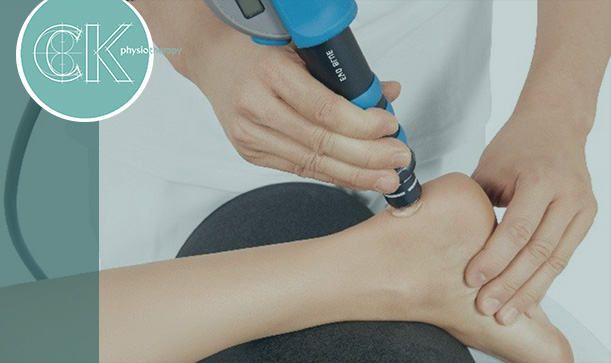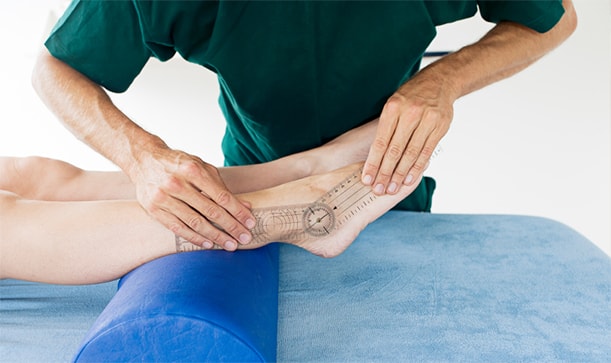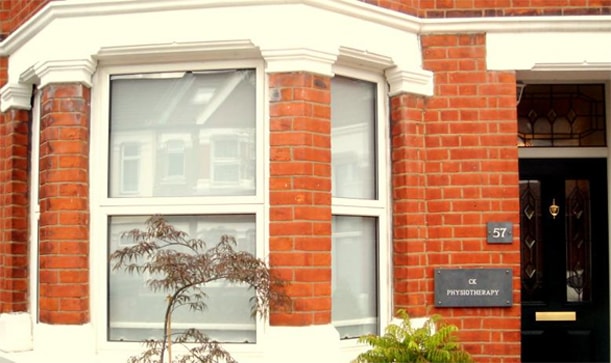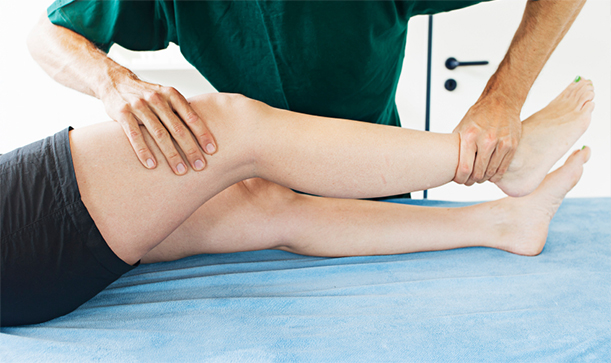CK Physiotherapy
AREAS COVERED
W7, W5, W13, Ealing, West London
57 Elthorne Avenue
Hanwell, W7 2JY
T: 020 8566 4113
M: 079 572 46185
E: info@ckphysio.co.uk
Location / Parking
We are situated in Hanwell, between Boston Manor Road and Northfields Avenue, south of the Uxbridge Road.57 Elthorne Avenue
Hanwell, W7 2JY
There are parking restrictions Mon - Fri 9-10am and 2-3pm. If you need a permit during this time please inform your therapist when you arrive. There are no parking restrictions at other times.
Opening Times
Please phone the number above during working hours to make an appointment. Our reception service will be happy to book your session.
London Underground / Bus Services
London Underground
10 min. walk from Boston Manor Tube Station.
15 min. walk from Northfields Tube Station.
Bus Service
E8, E3, E2, 207, 607, 83
Request Call Back
Our Blog
Physiotherapy Treatment Using Radial Shockwave Therapy
By: BryanKelly (Psst, View author in Google Plus) Date: Dec 13th, 2019The options of treatment through physiotherapy have come a long way in the past few decades. Whether someone is having pain from an injury, disability, or illness, physiotherapy can help. The primary function of physiotherapy is physical rehabilitation, although treatment can lead to overall better health and fitness, and may prevent further injury.

Radial Shockwave Therapy and How it Works
One modern treatment plan available today is radial shockwave therapy. This is a non-invasive treatment which generally takes 10-15 minutes time per treatment, offering rejuvenation and pain relief to the patient.
If this treatment is warranted, the physiotherapist will use a probe on the skin outside the affected area through which emits a high-intensity sound wave. This stimulates the area, increasing blood flow, reversing the chronic inflammation, increasing collagen production, and dissolving calcium build-up. The effects include an acceleration of tissue repair and cell growth, restoring mobility and functionality while relieving the pain.
Radial shockwave therapy has been approved and used in the UK along with most of mainland Europe and North America and according to clinical trials is seeing some 75 percent success rates. This form of treatment was developed from a similar treatment for the breakdown of kidney stones.
In most cases, one treatment will not completely clear up the problem. Multiple treatments may be required from between two and five, with from three to 10 days in between treatments.
Benefits of Radial Shockwave Therapy
As briefly mentioned, there are many positives resulting from radial shockwave therapy. These include, but are not limited to:
• Increased blood flow which is necessary for the healing and repair of the damaged tissue in the area;
• A reduction of inflammation with an increase in mast cell activity by shockwave therapy. A mast cell is a migrant cell within the connective tissue which aids the immune system, being rich with histamine and heparin;
• Stimulating collagen production, allowing for the injured area, the ligaments, and myoskeletal structure, to repair and recover;
• Breaking up the calcium deposits which have built up due to injury to the tendon thereby alleviating the pressure being applied to the nerve endings in the area;
• Ridding the area of the pain mediator, Substance P, which will reduce the intense and chronic pain;
• Relaxing the key trigger points of the pain through the shockwaves by unblocking the calcium pumps within the cell membranes, thereby reversing the crisis within the muscles of the affected area.
Potential Side Effects
Patients should understand that you will not feel immediate pain relief, although you may experience an easing of the pain for a couple of hours following treatment. Later in the day though, your soreness may become more intense following treatment which can be relieved through ice packs and over-the-counter pain-relief medicine.
Some minor local bruising to the treated area is not common and has been seen. Patients are advised to refrain from activities that may aggravate the area for two to three days following each treatment.
Contraindications
Before having radial shockwave treatment, let your therapist know if you:
• Are pregnant;
• Have a blood coagulation problem, or are on blood thinner medication;
• Have had any recent inflammation or a fresh wound to the area; and/or,
• Are receiving tumour or cancer treatments.
Conditions Helped by Radial Shockwave Treatment
Radial shockwave treatment can help a variety of conditions in various locations throughout the body.
In the lower limbs:
• Plantar Fasciitis – one of the most common uses for radial shockwave therapy is in the treatment of this condition, which can be extremely painful and chronic, involving the connective tissue between the heel and the middle bottom of the foot. Plantar Fasciitis can occur in those who are on their feet a lot, or through injury or abnormalities of the muscles in the foot.
• Patellar Tendinopathy – referred to as Jumpers Knee, this condition occurs when the patellar muscle within the knee is overstressed, whether by overuse or uncomfortable positioning.
• Achilles Tendinopathy – this condition affects the Achilles tendon along the back of the ankle and is caused through injury or by overuse.
In the upper limbs:
• Calcifying Tendonitis of the Shoulder – as the name implies is a build-up of calcium in the shoulder joint or rotator cuff, which is not uncommon and can be quite painful.
• Tennis Elbow – many people develop tennis elbow without ever lifting a racquet. The condition affects the muscles crossing from the forearm to the upper arm which run along the elbow joint. This is not only a painful condition but can result in severe stiffness, as well.
• Carpal Tunnel Syndrome – those who heavily use their wrists whether through keyboarding or swiping price scans at the store can develop this through consistent overuse of the median nerve from the wrist to the hand causing numbness, tingling, and pain to the area.
In the back:
• Trochanteric Bursitis – this is an inflammation and/or irritation of the bursa at the greater trochanter of the femur, the outer point of the hip, which can be the source of chronic hip and lower back pain.
In Summary
For some of these conditions, surgery used to be warranted and seen as the best alternative. For others, braces limiting the range of motion to the area, have been used with some effect along with other methods of physical therapy and pain killers. Today, radial shockwave therapy can be a viable option for many patients for these conditions and more, limiting the need for invasive surgery or long-term pain medications.
Radial shockwave therapy may not totally eliminate the need for other types of therapy, but for many, it has alleviated the need for surgery. More traditional forms of manual therapy along with movement and exercise all may greatly help with the aforementioned conditions and should not be rejected in cooperation with radial shockwave therapy.
Locating an Experienced Physiotherapist in London
For someone experiencing chronic joint pain or numbness due to overuse, injury, illness, or ageing, seeking a licensed physiotherapist with experience in radial shockwave therapy and other modern physiotherapy techniques can open up new doors for your life.
To learn more about this treatment and about physiotherapy in general, give a call to the experienced and compassionate therapists at CK Physio, located in Ealing, West London. We will set up an appointment with you to evaluate your condition and discuss treatment options for what is ailing you.





